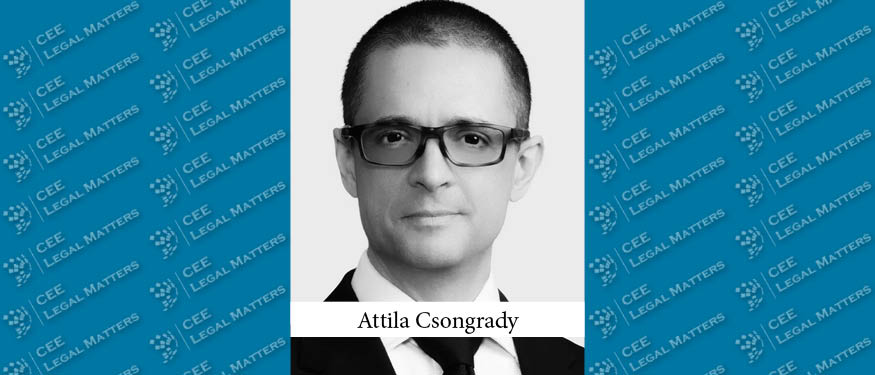In 2015-2016 the main trends and developments in the Russian pharmaceutical market were: (i) the establishment of the common pharmaceutical and medical devices (MDs) market of the Eurasian Economic Union (the “EEU”), (ii) the development of best practices in the pharmaceutical market through self-regulation, and (iii) preferences for pharmaceuticals and MDs of EEU origin.
Common Pharmaceutical and MDs Market of the EEU
The EEU is an economic union between Russia, Belarus, Kazakhstan, Armenia, and Kyrgyzstan. The Treaty on the EEU came into force on January 1, 2015 and declared as one of its main goals the unification of economic policy in certain branches of the member states’ economies. At the end of 2014, the member states signed a number of agreements aimed at the unification of the rules of circulation of pharmaceuticals and MDs in the territory of the member states, which have been in effect since the beginning of 2016. These agreements provide, inter alia, for a unified registration of pharmaceuticals and MDs, eliminating their state registration in each EEU state, mutual recognition of pre-clinical and clinical trials and tests, unified best practices, unified databases (e.g., unified registers of pharmaceuticals and MDs) and sharing of information on the safety and efficacy of products and the identification of fake and counterfeit goods.
The launch of the common pharmaceutical and MDs market takes time as it requires the adoption of a series of by-laws and is currently expected to take place by the end of 2016. By this time, the Eurasian Economic Commission should adopt all regulations for the implementation of the unifying agreements.
Development of Best Practices in the Pharmaceutical Market
In 2015, the Federal Antimonopoly Service of Russia initiated the development of the code of pharmaceutical manufacturers as an instrument for self-regulation of relations between pharmaceutical manufacturers and distributors. The code was drafted by market participants and presented as the Code of Good Practice in the Pharmaceutical Industry (the “Code”) in April 2016. It is open for voluntary participation by both Russian and foreign pharmaceutical manufacturers.
The Code mainly covers issues arising from or connected with arrangements with distributors, including their selection. According to the Code, generally, pharmaceutical manufacturers are free to determine the criteria for selection of a distributor in compliance with applicable law and best practices. For example, while assessing compliance by the distributor of these requirements, the manufacturer may take into account international, Russian and foreign anticorruption laws, including provisions of the FCPA and UKBA. However, all such selection criteria should be economically and technologically justified and be disclosed to all the distributors in the commercial policies of manufacturers.
Preferences for Pharmaceuticals and MDs of EEU Origin
Starting from 2015, Russian state tenders for supply of pharmaceuticals and MDs are affected by the so called “odd-man-out” rule. Bids for the supply of certain MDs or vital and essential drugs not originating from the EEU will not be considered if there are two or more bids which offer the supply of MDs/pharmaceuticals originating from the EEU and do not offer the supply of pharmaceuticals of the same producer or from producers of the same group. Generally, products are considered to be of EEU origin if they were fully produced in the EEU from materials of EEU or other CIS countries’ origin or have gone through sufficient processing. Generally, processing is considered sufficient if as its result the first four digits of the product code for Foreign Trade Classification changes. Vital and essential drugs which have gone through primary and secondary or only secondary packing in the EEU will be considered to be of EEU origin till December 31, 2016.
Additionally, the EEU member states are discussing legalization of parallel import of goods to the EEU. If this initiative moves forward a rights owner of a trademark will not be allowed to prohibit importation of products legally circulated abroad unless it localized the production of the relevant products in the EEU.
Going forward, the Russian pharmaceutical and MDs market is still developing and trying to match international standards. Among the amendments being discussed are the introduction of a drug tracing system, legalization of online drugs sales, and compulsory licenses for pharmaceuticals.
By Dmitri Nikiforov, Partner, Anna Maximenko, Senior Associate, and Elena Klutchareva, Associate, Debevoise
This Article was originally published in Issue 3.5 of the CEE Legal Matters Magazine. If you would like to receive a hard copy of the magazine, you can subscribe here.
















